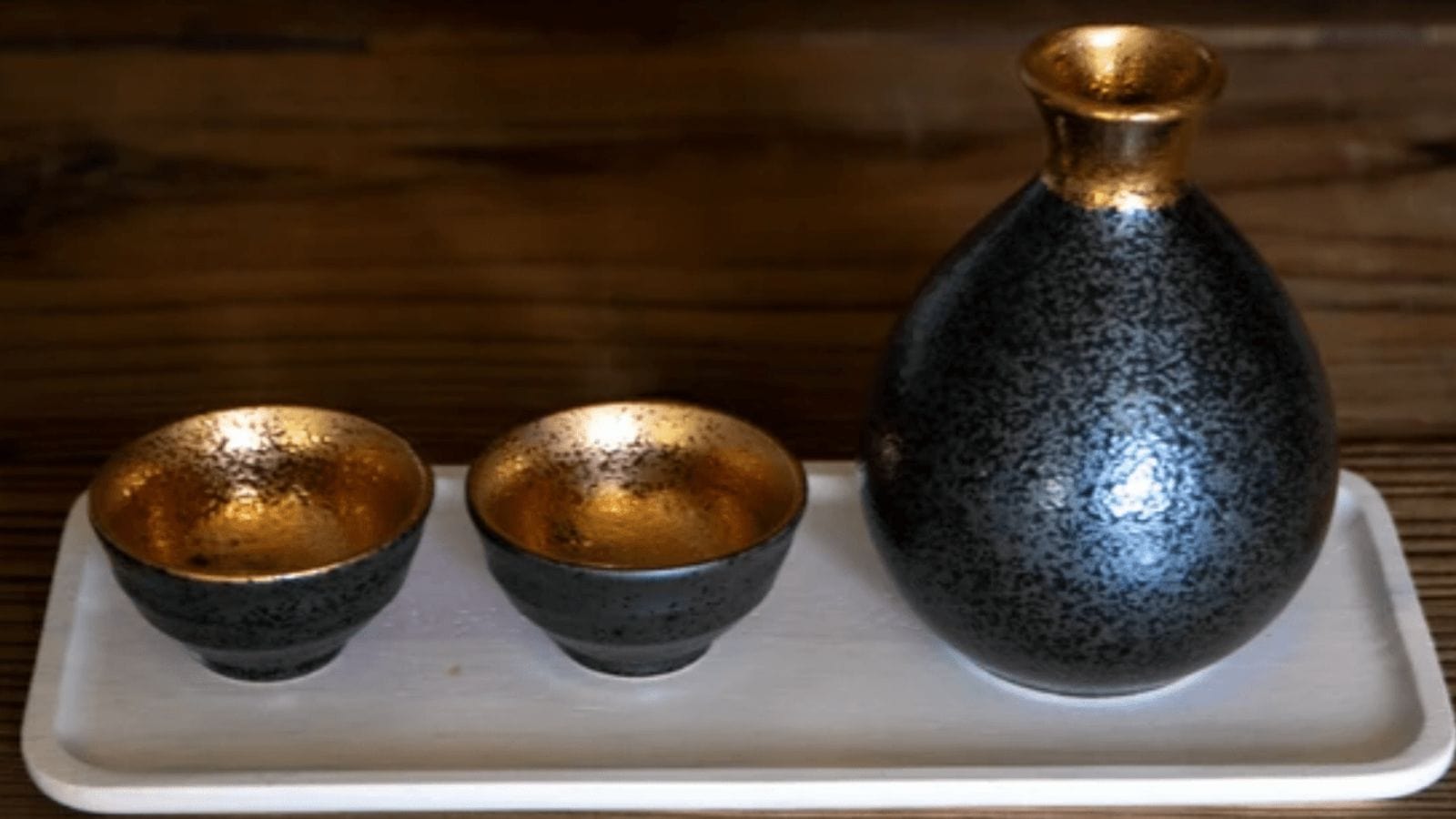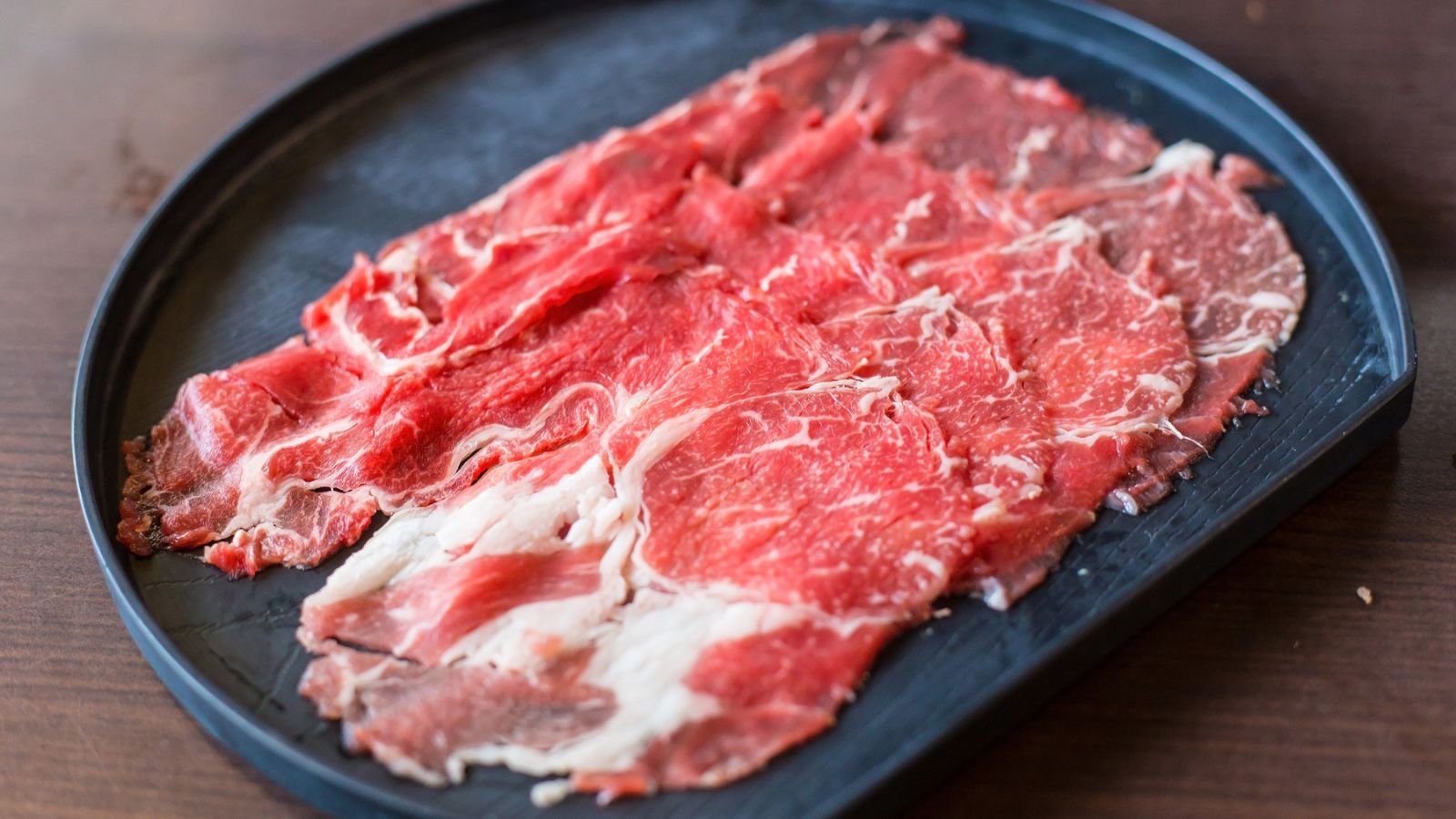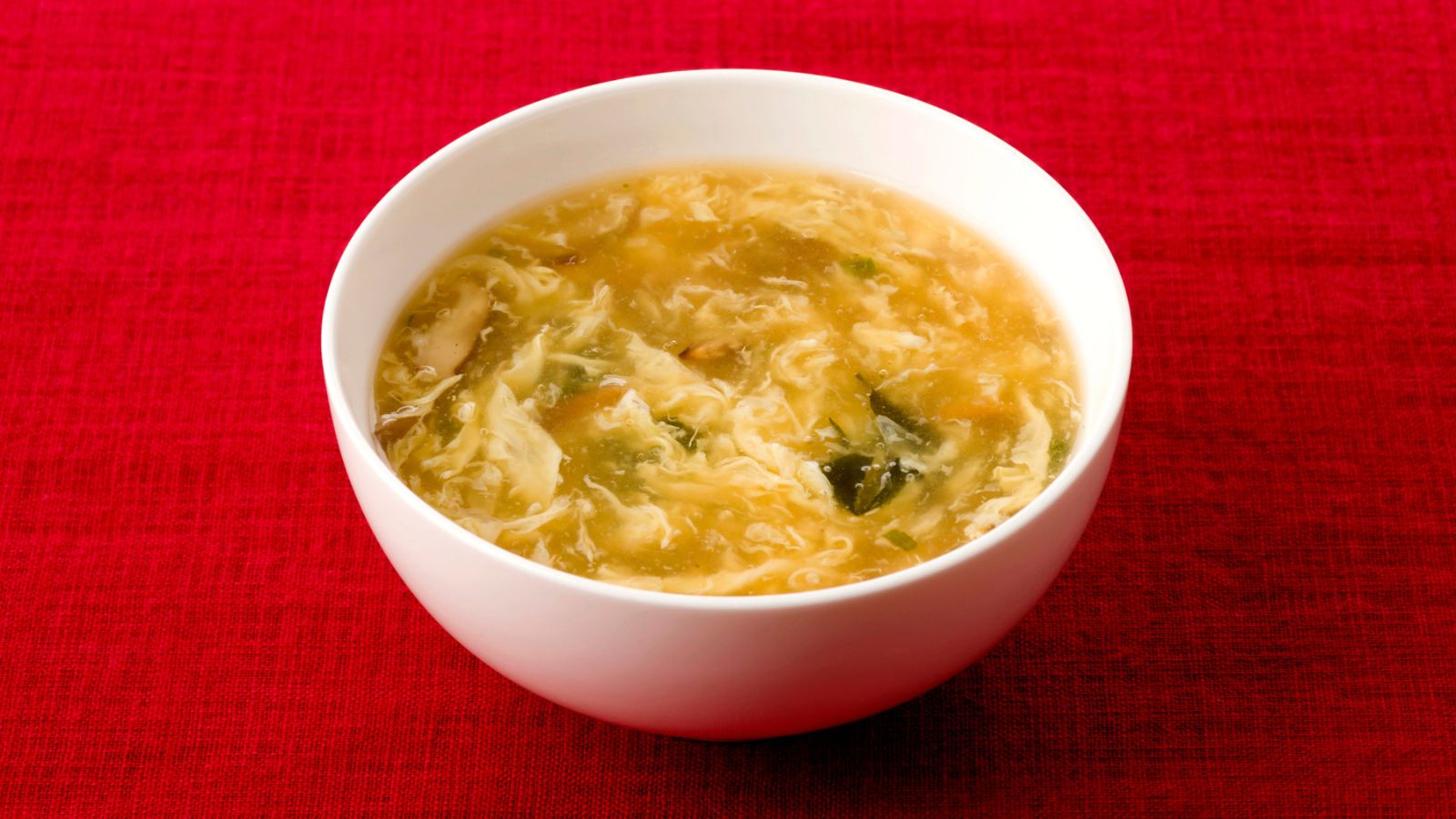Is the lucky cat Chinese or Japanese? It’s a question many people ask when they see the charming, paw-waving feline in restaurants, shops, or souvenir stores across Asia and beyond. While often associated with both cultures, the truth is that this iconic figure, known as maneki neko (招き猫), is deeply rooted in Japanese tradition.
In this article, we’ll explore the lucky cat’s origins, symbolism, artistic variations, and evolving role in modern life. Whether you're a collector, shop owner, or cultural enthusiast, this guide reveals why the maneki neko is more than just décor t’s a meaningful guardian of prosperity and a living symbol of Japanese craftsmanship.

Origins and History: Where Did the Lucky Cat Come From?
Despite its widespread association with Chinese culture especially in Chinatowns and among the Chinese diaspora the lucky cat is unmistakably Japanese in origin. The maneki neko, meaning “beckoning cat,” first appeared during the late Edo period (1603–1868) in Japan. Several origin stories explain its emergence:
- Gotokuji Temple Legend (Tokyo): A poor monk and his cat lived in a humble temple. One day, a samurai took shelter under a tree near the temple during a storm. The cat raised its paw, beckoning the man inside. Moments later, lightning struck the tree. Grateful, the samurai became a benefactor of the temple, bringing prosperity. Today, Gotokuji is filled with thousands of maneki neko statues.
- Imado Shrine Legend (Asakusa): An elderly woman, forced to sell her cat out of poverty, later dreamt of her cat telling her to sculpt its image in clay. She did, and the figurines became wildly popular, bringing her wealth. Imado Shrine remains associated with love and luck.
Cultural Significance and Beliefs
The maneki neko isn’t just cute it’s deeply symbolic in both spiritual and commercial life. It is believed to bring good fortune, wealth, love, and health depending on its pose and color.
- Right paw raised: Attracts money and good fortune.
- Left paw raised: Attracts customers and guests, especially useful for businesses.
- Both paws raised: Offers extra protection and double luck (though sometimes seen as a bit greedy).
Historically, cats in Japan were protectors of rice, silkworms, and agricultural produce. They were seen as life-enhancing and fertile animals, making them auspicious symbols. Today, maneki neko remain spiritual guardians in both domestic and business settings.

Physical Appearance and Variations: More Than Just a Cute Figurine
The maneki neko’s enduring charm lies in its diversity. Over time, this lucky cat has evolved in form, color, and style each variation carrying unique symbolism and reflecting both regional craftsmanship and global influence. Let’s explore the major elements:
1. Materials
- Ceramic & Porcelain: The most traditional and commonly found material, often handcrafted in regions like Seto and Imado. These pieces are durable, elegant, and tied to historical kiln traditions.
- Clay & Paper-Mâché: Lightweight and often hand-painted, these are typical of folk art styles found at local shrines.
- Wood: Rare and often artisan-made, wooden maneki neko are valued for their warmth and wabi-sabi feel.
- Plastic or Vinyl: Mass-produced versions often feature motorized arms and are common in commercial spaces.
2. Colors and Their Symbolism
- Tricolor (Calico): The luckiest and most traditional, based on the Japanese bobtail cat seen as a bringer of powerful fortune.
- White: Purity, happiness, and new beginnings.
- Black: Protection from evil spirits or illness.
- Red or Pink: Love, romance, and familial harmony.
- Gold: Wealth and prosperity, especially in business contexts.
- Green: Academic success and health.
3. Gestures and Postures
- Right Paw Raised: Traditionally invites wealth and fortune.
- Left Paw Raised: Invites people ideal for attracting customers or guests.
- Both Paws Raised: Protection and all-around luck, though sometimes interpreted as excessive.
- Paw Direction (Global Variants): Japanese maneki neko usually beckon with the palm facing inward, matching the native gesture for "come here." Exported versions often mimic Western hand gestures by showing the back of the paw.
4. Accessories and Their Meaning
- Bib, Bell, and Collar: Inspired by Edo-period pet fashion. These items were signs of wealth and care, especially among merchant families. The red bib may also reference Jizo statues (protectors of children and travelers).
- Koban Coin: A reference to ancient gold coins used during the Edo period. Often inscribed with “千万両” (10 million ryo), symbolizing immense fortune.
- Other Items Held: Modern maneki neko may hold a magic mallet (to knock out wealth), a carp (symbol of perseverance), or even a sake barrel (symbolizing celebration and abundance).
5. Regional and Contemporary Styles
- Seto Yokosuwari: Known for their upright seated posture and slender shape, crafted by Chugai Toen in Aichi Prefecture these cats embody traditional elegance and are sought after by collectors.
- Imado Ware (Tokyo): Folk-style cats with rounder shapes and soft pastel colors, often associated with love and relationship blessings.
- Limited Editions & Artist Collaborations: Modern designers frequently reinterpret the maneki neko using new materials like resin, glass, or textiles, often incorporating pop culture motifs or minimalist aesthetics.
6. Globalization and Export Variants
The global popularity of the maneki neko has led to adaptations in design for different markets. In Western countries, the gesture is often reversed, with the back of the paw facing out to match Western beckoning style. Color symbolism may also be altered but gold is nearly always emphasized for commercial use, while multicolored cats are favored as cheerful décor. These adaptations highlight the maneki neko’s versatility as a cross-cultural ambassador of good fortune.

Placement, Care, and Usage: How to Welcome Fortune with Intention
The placement and care of your maneki neko are not just aesthetic choices they reflect how you engage with its symbolic role as a guardian of luck and prosperity. While some may place it casually on a shelf, traditional and modern practices reveal a more thoughtful approach. Here’s how to position, maintain, and respectfully use the lucky cat to invite good fortune into your life or business.
Where to Place Your Lucky Cat (and Why It Matters)
- Facing the Main Entrance: This allows the cat to symbolically “invite” luck and opportunity into the space. For homes, it’s often positioned near the genkan (entryway); for businesses, near the cash register or entrance display.
- Eye-Level or Higher: Raising the figure slightly on a shelf or cabinet signals respect and reverence. Height also symbolizes elevation of status and wealth.
- Avoid Low-Energy Zones: Don’t place your lucky cat in neglected corners, near trash bins, or in dark, cluttered spaces. Its power is believed to diminish in stagnant areas.
- In High-Traffic Areas: The lucky cat thrives where people pass by frequently. In feng shui terms, movement symbolizes flowing chi or energy essential for attracting fortune.
“Our maneki neko sits just above our restaurant entrance. Facing the street, it welcomes both diners and prosperity. It’s been there for ten years, and we never let it collect dust.”
— Ms. Tanaka, Osaka eatery owner
Care and Maintenance
- Ceramic or Porcelain: Wipe gently with a microfiber cloth. Avoid harsh chemicals.
- Wood: Use a dry cloth or soft brush; avoid moisture to prevent warping or mold.
- Plastic: Clean with a soft, damp cloth and mild soap if needed.
- Respectful Retirement: When it’s time to part with a lucky cat, wrap it in white cloth with a pinch of salt (a Japanese purification practice) or bring it to a local shrine for proper disposal.
Modern Usage and Gifting
- Home Décor: Appearing in kitchens, study areas, and entrances, often alongside other spiritual items like incense or bonsai.
- Gifts for Life Milestones: A pink cat for weddings, a green one for graduation, or gold for new business openings.
- Desks and Studios: Popular among creatives and freelancers as a symbol of inspiration and flow.
“Even when the battery ran out on its waving paw, I couldn’t bear to throw it away. It’s been with me through three job changes and two moves. That little cat has seen it all.”
— David Wu, Maneki Neko collector, Hong Kong
Lucky Cat in Popular Culture
The maneki neko has transcended tradition to become a global pop culture icon. You’ll find it in films, anime, video games, and advertisements not just in Japan but across the world. In places like Taiwan, Vietnam, and across the Chinese diaspora, the lucky cat has been enthusiastically adopted, sometimes under the name 招財貓 (zhao cai mao), or “fortune cat.”
Its pose sometimes referred to as a banzai pose is used in kawaii (cute) merchandising, appearing in phone cases, tote bags, emojis, and even tattoos. Despite this global adaptation, its essence remains deeply Japanese in origin.
Final Verdict: Is the Lucky Cat Chinese or Japanese?
The lucky cat is Japanese in origin. It was born from Japanese folklore, shaped by Buddhist influences, and first appeared in Edo-period temples. While the Chinese diaspora has embraced and adapted the maneki neko, often associating it with feng shui and wealth, its roots, rituals, and symbolism are deeply intertwined with Japanese spirituality and aesthetics.
If you’re looking to bring this iconic symbol of luck into your life, check out the Maneki Neko Cat Chopstick Couple Set at MyJapaneseWorld.com.







Share: